Pélardon de Cevennes
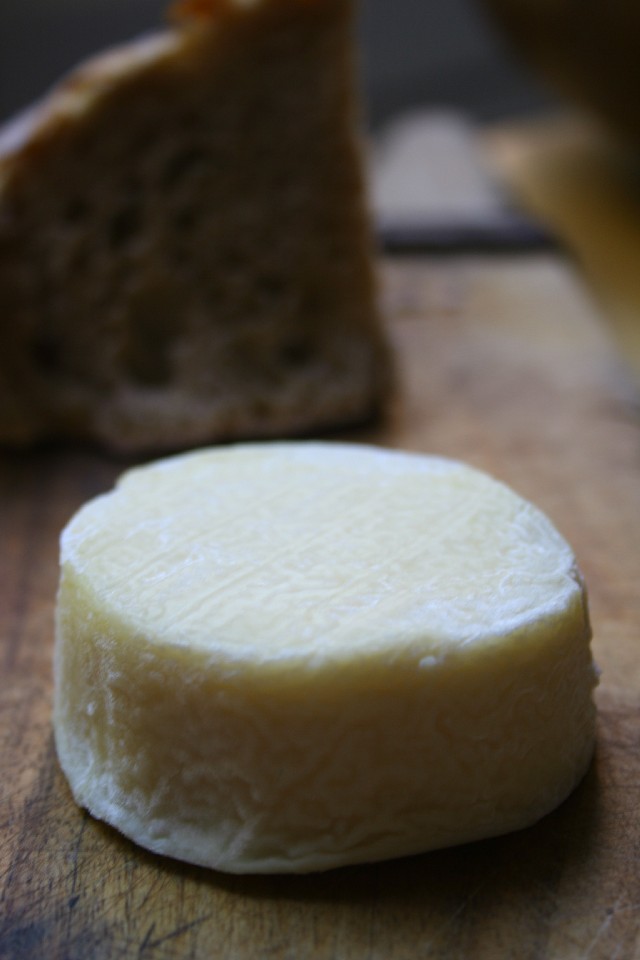 From at least 100 BC up until some time in the 1960s (this is true!), the Pélardon was a cheese that barely changed at all. It was like many of the little countryside chevres we run into, being produced on small family farms. You know, the kind we find when we follow a hand painted sign which has been hammered into the ground by a farmer next to the road. FROMAGE or sometimes FROMAGE de CHEVRE - The ones that make me call out an abrupt “STOP!” that causes Loïc to pull off on to the shoulder. “Where?” he says. Sometimes we have to make a U-Turn and backtrack because the sign was just a flicker in the landscape, and we passed it by before my brain had a chance to register it. In any case, the Pélardon was at one time one of those really good local goat cheeses that you'd never taste if you didn't happen to stop by the place where they were made. You might find it at a local market, but no where else.
From at least 100 BC up until some time in the 1960s (this is true!), the Pélardon was a cheese that barely changed at all. It was like many of the little countryside chevres we run into, being produced on small family farms. You know, the kind we find when we follow a hand painted sign which has been hammered into the ground by a farmer next to the road. FROMAGE or sometimes FROMAGE de CHEVRE - The ones that make me call out an abrupt “STOP!” that causes Loïc to pull off on to the shoulder. “Where?” he says. Sometimes we have to make a U-Turn and backtrack because the sign was just a flicker in the landscape, and we passed it by before my brain had a chance to register it. In any case, the Pélardon was at one time one of those really good local goat cheeses that you'd never taste if you didn't happen to stop by the place where they were made. You might find it at a local market, but no where else. Up until the 1960s, the simple country folk making this cheese in the Languedoc Roussillon had no reason to change a thing, and things were done exactly as they had been done generation after generation. But at a certain time a decade or two after the Second World War, the winds of change reached their little cheese-making world. A stranger from afar arriving on the scene might be made privy to a whole slew of seemingly ceremonious rituals involving the ladling and milking and herding and feeding of the goats and so forth that made his heart ache with the knowledge that the local truck routes and promises from city slickers and tourists and the breaking up of family lands and so forth were destined to end up blowing through this place like so many before, completely destroying something very special.
The farmers of the town of Cevennes decided to pool their resources together and form a co-op. They were being assured by anyone happening though their little corner of heaven that their cheese was indeed superior. A region consisting of a combination of Garrigues, rolling countryside full of aromatic herbs that are constantly caressed by the constant prevalent winds from the Mediterranean, and majestic stony mountainous areas of the Pyrenees, it is the perfect terrain for their free roaming goats to pasture and the only place that could produce the miracle cheese called Pélardon. The particular dose of présure, the single hand ladled dose of fresh un-pasteurized goat’s milk skimmed and strained of its whey to make each cheese, everything seemed to be just naturally falling into the making of these little golden palettes of tangy creamy goodness.

Within the next decade, groups of people that they call the “néo-rureaux” arrived on the scene. Like the new wave filmakers, who were making films that were more film like than ever before, and the chefs throwing themselves headlong into a new cuisine, the cooking that tasted more like itself than ever before, the “néo-rureaux” sunk a whole lot of effort into studying carefully the existing ancient process and standardizing it, introducing the cheese for the first time to the various markets in France. They saw to it that the cheese stayed just the way it was, did not alter process in any way, resisted intensification of production, kept it rare, and sent it out, where they knew it would be received with resounding success and almost mythical status.
What is in a name? Money. Suddenly, out came a whole new series of new cheeses from everywhere but the place it came from, cheeses that mimicked but never did justice to the Pélardon, coming from all over the place. By the time the 1980s came around, a whole new young bright eyed generation of cheese makers fresh from the new industrial agriculture schools began to up their production of goat milk by expanding the size of their herds, utilizing new methods of intense farming, animal raising and feeding to multiply production and reduce costs. It became clear back in Cevennes that the goose that laid the golden egg was going to die if something wasn’t done to maintain a certain quality in the name Pélardon. The original co-op and various local producers, about 100 in all, created the Association for the Protection of Pélardon Cheese.
In 1989, the decision was made by the people who had formed the association to apply for AOC status of the cheese, mainly to set clear borders around the original cheese-producing region, excluding all competing fake Pélardon producers. The negotiating process wasn’t clean. Of course there were cheese makers large and small, some with big money behind them that claimed that their family livelihood was tied up for generations in the production of this cheese, etc. and the whole process of even defining the areas where the cheese could be produced was quite a messy one. Setting AOC rules on production was difficult enough, but they finally pulled something together and in 1993, an initial request for recognition was forwarded, to be accepted a year later. It wasn’t until four years after that that the final geographical zone of production was finally established, and finally in the year 2000, the AOC was awarded.
What are the rules? Some of the more important ones are translated here, all pretty much common sense, but at the same time, when you read them, you realize why the Pélardon we get these days is so delicious.
The milk has got to come from one or a combination of only three races of goat: The Sannen, Alpine, and Rove. The goats can be bred amongst themselves but no other race may be introduced. The herds must graze freely on pastures falling within the defined production area: 180 days a year on the pastures located above 800 meters in altitude and 210 days a year for herds located below that altitude. The producer must possess at least .2 acres of grazing land per goat, or no more than 5 goats per acre of land. The plants on the pastures must be of the type naturally found growing wild in the appellation zone, and feed must consist of at least 80 % of these naturally occurring plants. Supplementation to the feed is limited to 400 grams per liter of milk produced. The Pélardon is made by slow coagulation and drip straining methods, from whole un-pasteurized goat milk. The addition of powdered milk, concentrate, colorants or flavorings is prohibited. The moulding of the cheese must be done by the skimming method. The use of frozen curds is prohibited. The minimal ripening time of the Pélardon AOC is 11 days counting the renneting and they must be turned every two days. The cheeses can be ripened on site or by an affineur located within the geographical zone of production. The labeling of the cheese must be done in the zone of production.
Anyway, it tastes out of this world.
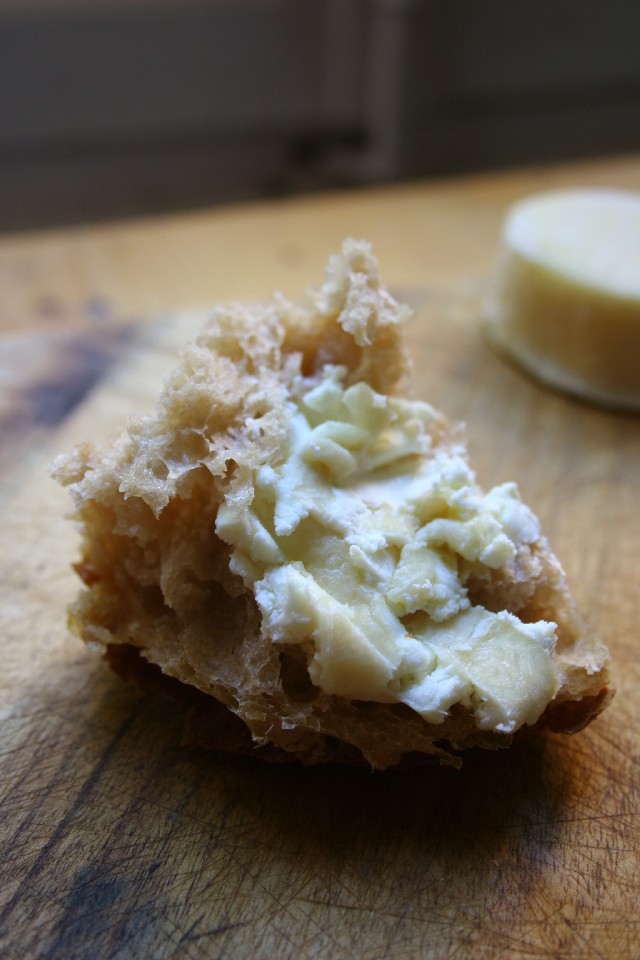 Pélardon, please never change.
Pélardon, please never change.Labels: French Cheeses, Summer 06
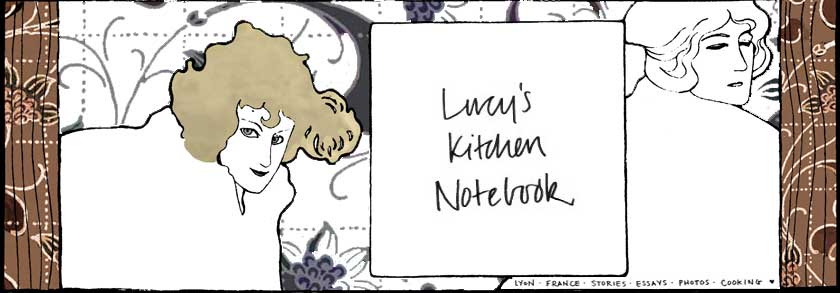









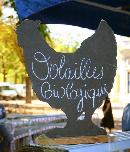
















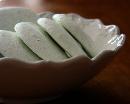








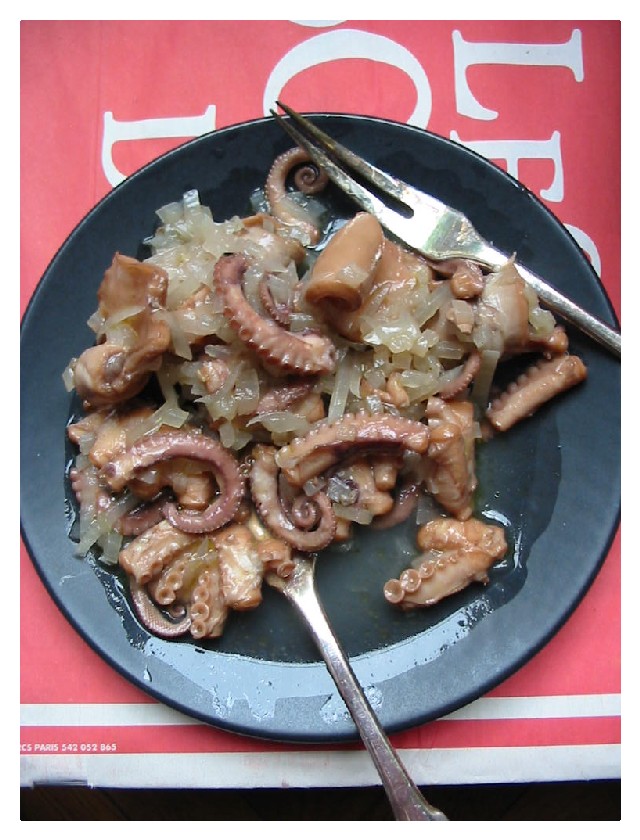


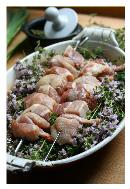













4 Comments:
Mmmm...that looks so divine! I loved all the cheeses in France...makes me wish for some nice bread and yummy wine :)
What an educational article and with such a wonderful ending. Although I didn't taste this particular cheese when I was in the southwest of France last year, I did taste some pretty wonderful ones. Please tell me that the tiny rounds from Rocamadour are also protected. I still dream of them!
The combination of food history and photographs here is a perfect balance.
I must be more daring (in a culinary sense) next time I'm in France. . .
Im eating some right now. Its so good that I actually had to look up images of it while I eat it to enjoy it visually as well.
Post a Comment
<< Home